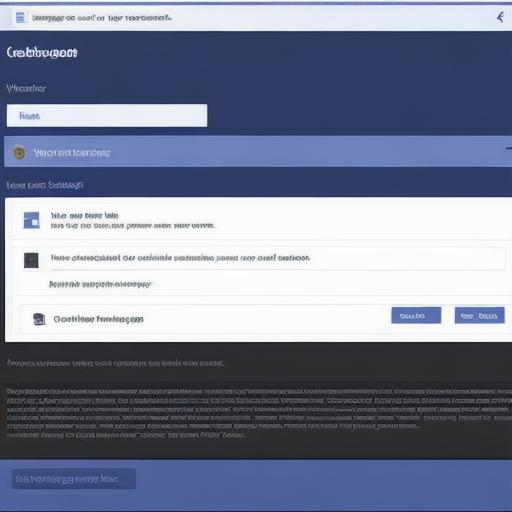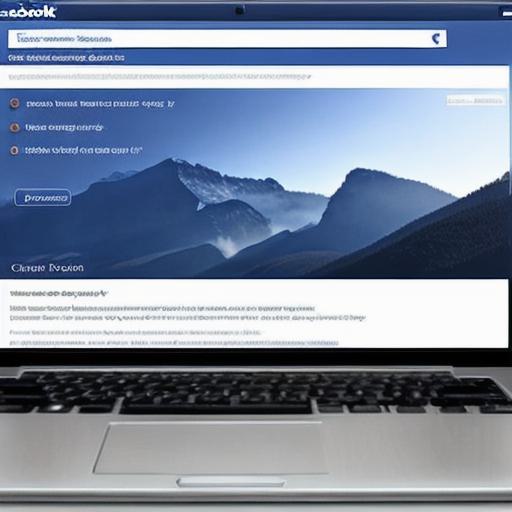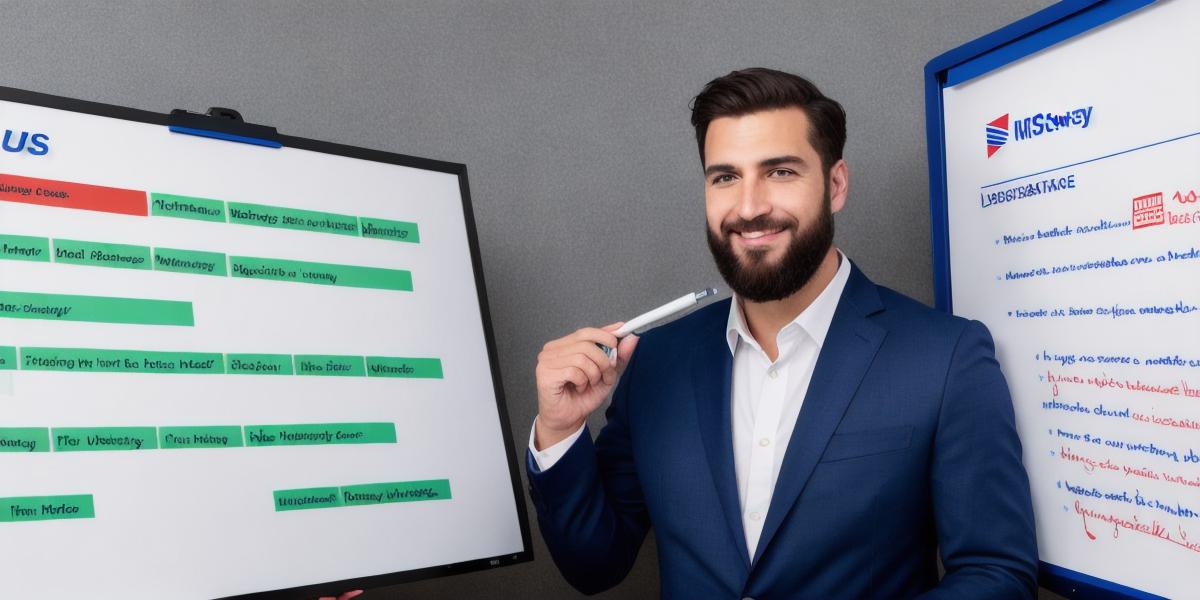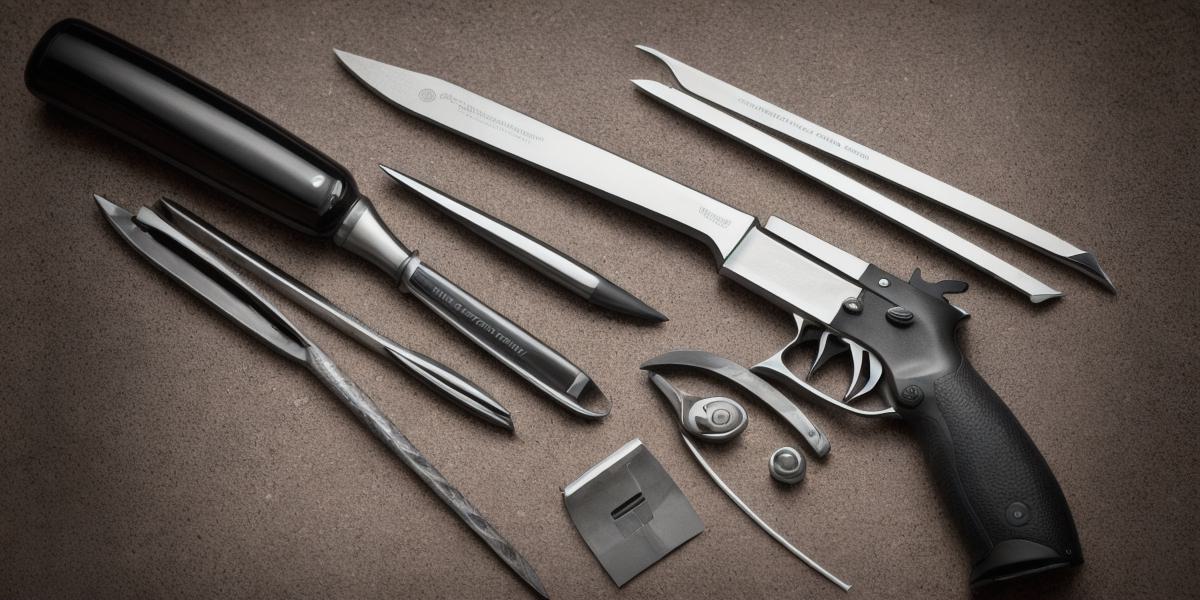Facebook is one of the most powerful marketing platforms available, with over 2.7 billion monthly active users worldwide. With so much potential for reaching a massive audience, it’s no wonder that marketers are always looking for new ways to optimize their social media presence on the platform. In this guide, we will explore the most effective marketing tools on Facebook and provide you with actionable tips and strategies to improve your engagement, reach, and ROI.
Table of Contents
Introduction
Facebook Ads: The Ultimate Guide
- Facebook Groups: Engage with Your Audience
- Facebook Pages: Boost Your Visibility and Reach
- Facebook Insights: Analyze and Optimize Your Performance
- Facebook Messenger: Connect with Your Customers
Facebook Video: Engage with Your Audience through Video Content
Facebook Events: Promote Your Business through Events
- Conclusion: Maximize Your Facebook Marketing Potential
Introduction
Facebook is the largest social media platform in the world, with over 2.7 billion monthly active users worldwide. With such a massive audience, it’s no wonder that marketers are always looking for new ways to optimize their social media presence on the platform. In this guide, we will explore the most effective marketing tools on Facebook and provide you with actionable tips and strategies to improve your engagement, reach, and ROI.
Facebook Ads: The Ultimate Guide
Facebook ads are a powerful way to target specific audiences based on demographics, interests, behaviors, and more. With over 2.7 billion monthly active users, Facebook offers marketers an unparalleled opportunity to reach a massive audience. In this section, we will explore the different ad formats, targeting options, and best practices for creating effective Facebook ad campaigns.
Ad Formats
Facebook offers a variety of ad formats that can be used to achieve different goals. The most common ad formats are:
- Image Ads: Image ads are simple and effective, and they work well for branding and awareness campaigns. They can feature images or videos, and they can include text overlays, calls-to-action (CTAs), and other elements.
- Video Ads: Video ads are highly engaging, and they can be used to showcase products, services, or brand stories in a compelling way. They can also be used for retargeting and conversion campaigns.
- Carousel Ads: Carousel ads allow marketers to showcase multiple images or videos in one ad, making them ideal for product demos, event promotions, and other scenarios where you want to showcase a range of options.
- Slideshow Ads: Slideshow ads are similar to carousel ads, but they feature a more streamlined design and can include up to 10 images or videos. They’re ideal for brand awareness campaigns and other scenarios where you want to showcase a range of visuals.
- Collection Ads: Collection ads allow marketers to promote products or services directly from their Facebook ad, making it easy for users to make purchases or take other actions without leaving the platform.
Targeting Options
Facebook offers a wide range of targeting options that allow marketers to reach specific audiences based on demographics, interests, behaviors, and more. The most common targeting options are:
- Location: You can target users based on their location, including country, region, city, or even zip code.
- Demographics: You can target users based on their age, gender, income level, education level, and other demographic factors.
- Interests: You can target users based on their interests, hobbies, and behaviors. Facebook has a vast database of user data that allows marketers to target users based on their likes, comments, shares, searches, and more.
- Behaviors: You can target users based on their behaviors, including online behavior, purchase history, and more. This allows marketers to target users who have already shown interest in their products or services.
- Custom Audiences: You can also create custom audiences based on your own customer data, such as email lists or website visitors. This allows you to target users who are most likely to convert based on their past behavior and interests.
Creating Effective Facebook Ad Campaigns
To create an effective Facebook ad campaign, you need to follow these steps:
- Define your goals and objectives: Before you start creating your ad campaign, you need to define what you want to achieve. This could be increasing brand awareness, driving website traffic, generating leads, or making sales.
- Identify your target audience: Once you know your goals and objectives, you need to identify your target audience. This includes understanding their demographics, interests, behaviors, and pain points.
- Choose the right ad format and placements: Based on your goals and target audience, choose the right ad format and placements for your campaign. For example, if you’re running a brand awareness campaign, you might use image ads or video ads, while if you’re running a conversion campaign, you might use collection ads or carousel ads.
- Set your budget: Determine how much money you want to spend on your ad campaign, based on your goals and target audience. You can set a daily budget or a lifetime budget, depending on your needs.
- Create your ad creative: Your ad creative is the visual and messaging elements of your ad. This includes your images, videos, text, and CTAs. Make sure your ad creative is visually appealing, engaging, and relevant to your target audience.
- Launch your campaign: Once you’ve created your ad campaign, launch it and start monitoring its performance. Use Facebook Ad Manager to track metrics such as impressions, clicks, conversions, and ROI.
- Optimize your campaign: Based on the performance of your campaign, optimize it by tweaking your ad creative, targeting options, and budget. Continuously test and refine your campaign to improve its effectiveness.
Facebook Video: Engage with Your Audience through Video Content
Video is one of the most engaging content formats on Facebook, and it can be used to achieve a variety of goals, including brand awareness, engagement, and conversion. In this section, we will explore how to create and optimize Facebook videos for maximum impact.
Creating and Optimizing Facebook Videos

To create an effective Facebook video, you need to follow these steps:
- Define your goals and objectives: Before you start creating your video, you need to define what you want to achieve. This could be increasing brand awareness, driving website traffic, generating leads, or making sales.
- Choose the right video format: Facebook supports a variety of video formats, including MP4 and MOV. Make sure your video is in one of these formats and that it’s optimized for mobile devices.
- Create your video content: Your video content should be engaging, informative, and relevant to your target audience. This could include product demos, behind-the-scenes footage, or brand stories.
- Add text overlays and CTAs: Your video should include text overlays that highlight key points and a clear call-to-action (CTA) that encourages users to take action.
- Optimize your video for search: To make it easy for users to find your video, optimize it for search by including relevant keywords in the title, description, and hashtags.
- Promote your video: Once you’ve created your video, promote it through Facebook ads, posts, and stories. You can also use Facebook Live to record and stream live videos, which can be highly engaging and effective.
Facebook Events: Promote Your Business through Events
Facebook events are a powerful way to promote your business and connect with potential customers. In this section, we will explore how to create and optimize Facebook events for maximum impact.
Creating and Optimizing Facebook Events
To create an effective Facebook event, you need to follow these steps:
- Define your goals and objectives: Before you start creating your event, you need to define what you want to achieve. This could be increasing brand awareness, generating leads, or making sales.
- Choose the right event type: There are several types of Facebook events, including business or brand events, product launches, and community events. Choose the right event type based on your goals and objectives.
- Set the details: Once you’ve chosen your event type, set the details, including the date, time, location, and description. Make sure your event is optimized for mobile devices and that it includes relevant information and images.
- Promote your event: Once you’ve created your event, promote it through Facebook ads, posts, and stories. You can also use Facebook Live to record and stream live events, which can be highly engaging and effective.
- Engage with your audience: During your event, engage with your audience by responding to comments and messages, answering questions, and providing helpful information. This helps build relationships and trust with potential customers.
Facebook Ads: Boost Your Business with Targeted Advertising
Facebook ads are a powerful way to reach your target audience and drive business results. In this section, we will explore how to create and optimize Facebook ads for maximum impact.
Creating and Optimizing Facebook Ads

To create an effective Facebook ad, you need to follow these steps:
- Define your goals and objectives: Before you start creating your ad, you need to define what you want to achieve. This could be increasing brand awareness, driving website traffic, generating leads, or making sales.
- Identify your target audience: Once you know your goals and objectives, identify your target audience. This includes understanding their demographics, interests, behaviors, and pain points.
- Choose the right ad format and placements: Based on your goals and target audience, choose the right ad format and placements for your campaign. For example, if you’re running a brand awareness campaign, you might use image ads or video ads, while if you’re running a conversion campaign, you might use collection ads or carousel ads.
- Set your budget: Determine how much money you want to spend on your ad campaign, based on your goals and target audience. You can set a daily budget or a lifetime budget, depending on your needs.
- Create your ad creative: Your ad creative is the visual and messaging elements of your ad. This includes your images, videos, text, and CTAs. Make sure your ad creative is visually appealing, engaging, and relevant to your target audience.
- Launch your campaign: Once you’ve created your ad campaign, launch it and start monitoring its performance. Use Facebook Ad Manager to track metrics such as impressions, clicks, conversions, and ROI.
- Optimize your campaign: Based on the performance of your campaign, optimize it by tweaking your ad creative, targeting options, and budget. Continuously test and refine your campaign to improve its effectiveness.




